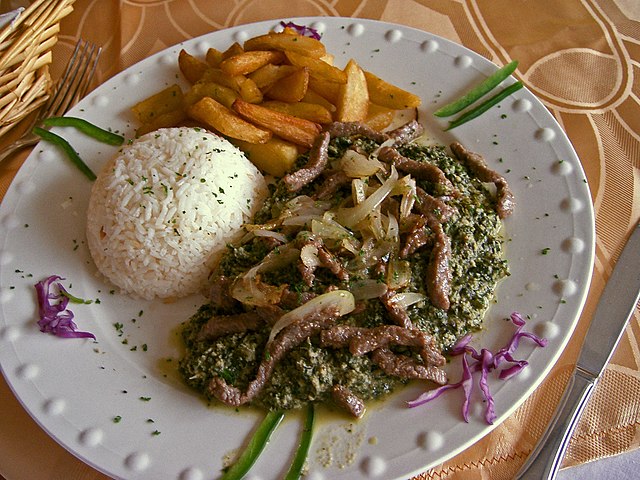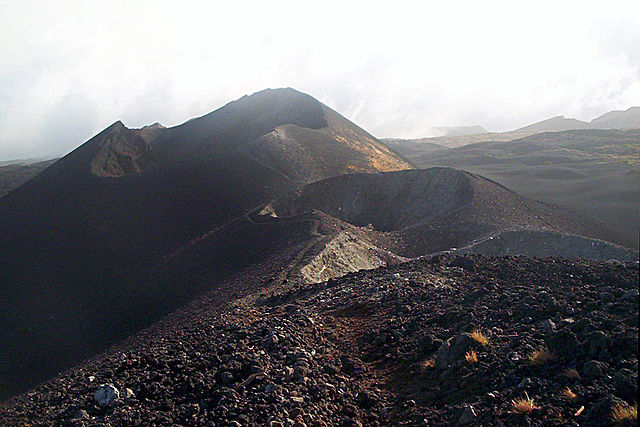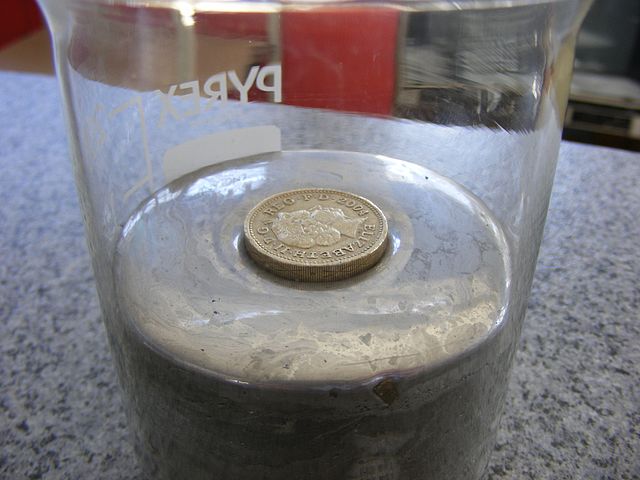We just learned about Mosquito Larvae
Let's learn about something pretty like butterflies!
Butterflies are beautiful creatures, and we know they come from caterpillars, but how?
Butterflies lay eggs on to a leaf, and the eggs stick to the leaf with a special glue. The eggs are protected by a hard outer shell called the chorion, and they are made waterproof with some wax.
The eggs usually hatch in a few weeks. If the eggs are laid close to winter time, they will hatch in the spring.

(from: wikipedia - butterfly)
Kid Facts - Blast from the past: Rooster Comb







